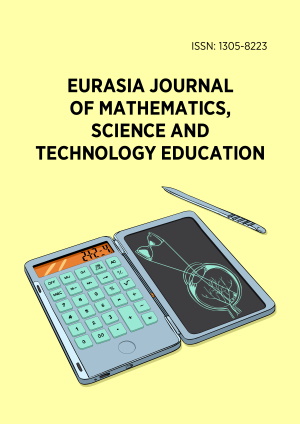Abstract
Critical thinking (CT) is essential in science education to enable students to deeply understand scientific concepts and apply their knowledge to solve complex real-world problems. Despite its importance, a notable gap remains in the availability of instruments designed to measure CT in specific science topics. This study addresses this gap by testing the accuracy of an instrument for assessing secondary students’ CT related to the human circulatory system, focusing on six APA-defined indicators: interpretation, analysis, inference, evaluation, explanation, and self-regulation. The study was conducted in Bantul Regency, Yogyakarta, Indonesia, and involved 445 8th-grade students from urban, middle, and rural schools. Data were collected through an online test administered in collaboration with teachers after students had completed the topic. Using the Rasch model for data analysis improved the accuracy and consistency of the instrument. Results showed that self-regulation was CT subskill with the lowest mean score, highlighting it as a priority for development. At the same time, interpretation had the highest mean score, particularly in the level 4 rating category, making it the most mastered skill. These findings underscore the need for educators to develop targeted learning strategies that enhance CT skills and adapt them to other science topics with similar complexity to the human circulatory system.
License
This is an open access article distributed under the Creative Commons Attribution License which permits unrestricted use, distribution, and reproduction in any medium, provided the original work is properly cited.
Article Type: Research Article
EURASIA J Math Sci Tech Ed, Volume 21, Issue 4, April 2025, Article No: em2622
https://doi.org/10.29333/ejmste/16221
Publication date: 01 Apr 2025
Online publication date: 31 Mar 2025
Article Views: 261
Article Downloads: 117
Open Access References How to cite this article
 Full Text (PDF)
Full Text (PDF)